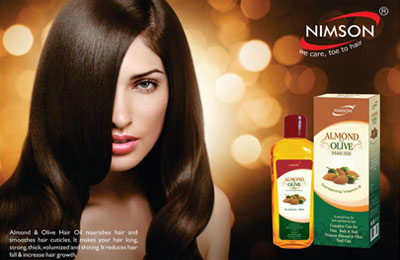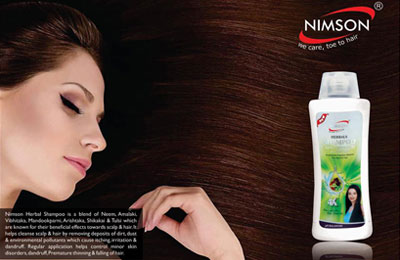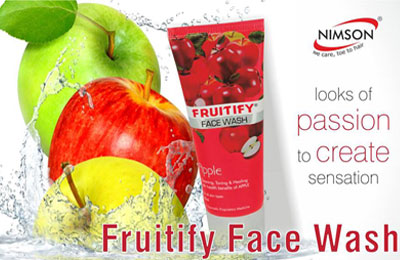Boro Neem Talcum Powder
“Nimson Boroneem Talcum Powder” is a blend of Santara, Gulab, Tulsi, Neelgiri, Tea tree, naturally occurring Minerals & other important ingredients to control harmful effects occurring due to excessive perspiration in summer season.
Regular use helps soothe & heal skin from sunstroke, excessive sweating during summers & minor skin allergies, prickly heat, irritation, itching & offensive body odor.
To Know More about Product: Boro Neem Talcum Powder







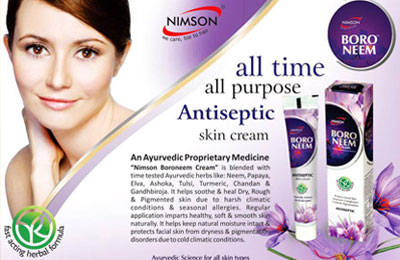




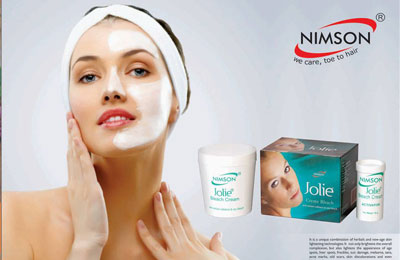
 A great toner
A great toner